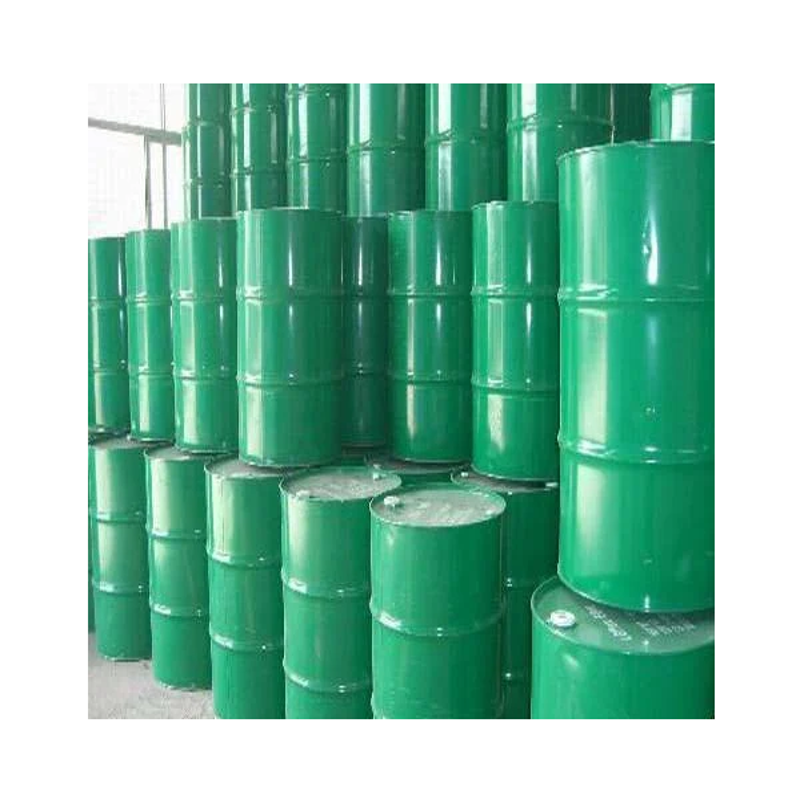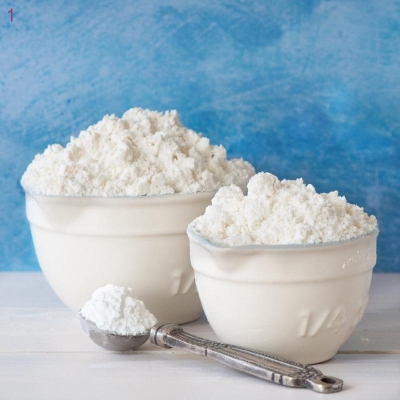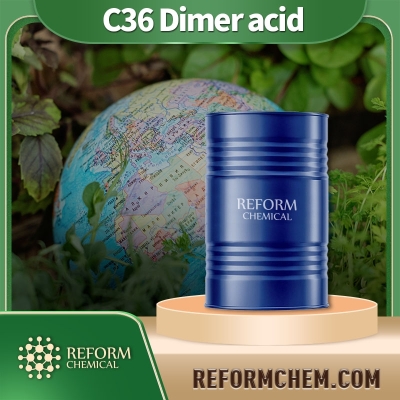-
Categories
-
Pharmaceutical Intermediates
-
Active Pharmaceutical Ingredients
-
Food Additives
- Industrial Coatings
- Agrochemicals
- Dyes and Pigments
- Surfactant
- Flavors and Fragrances
- Chemical Reagents
- Catalyst and Auxiliary
- Natural Products
- Inorganic Chemistry
-
Organic Chemistry
-
Biochemical Engineering
- Analytical Chemistry
-
Cosmetic Ingredient
- Water Treatment Chemical
-
Pharmaceutical Intermediates
Promotion
ECHEMI Mall
Wholesale
Weekly Price
Exhibition
News
-
Trade Service
[Example 1-2] A laboratory performed 10 measurements on the same sample and the results were 73.
Solution: First find out the suspicious values with large deviations, temporarily discard them, and test the suspicious values with small deviations; calculate the average value of the 10 measurements to be 68.
Use the remaining 9 measured values to calculate the average and standard deviation s, and check the suspicious value 73.
Calculate the average and standard deviation s (including suspicious values):
=69.
Calculate statistics G meter :
Check table 1-12: when n=9, a=0.
Judging the suspicious value choice:
2.
Note: If 73.
Calculate the average value and standard deviation s with 10 measured values, do the same as above, and check the suspicious value of 63.
Lookup 1-12: n = 10, α = 0.
2.
Note: In the multi-group analysis data, the Grubbs test method can also be used to decide whether the average value of the measured value of an individual group is quite different from the average value of the measured value of other groups
The Q test method has the advantages of intuitiveness and simple calculation.
(4) Judgment of whether the test results meet the standard requirements
1.
The limit value refers to the limit value of the numerical value range of the index specified in the standard (or technical specification) that is given in a quantitative form and meets the requirements of the standard (or technical specification)
The expression of limit values is shown in Table 1-13 (according to "GB8170-2008 Numerical Rounding Rules and Representation and Judgment of Limit Values")
Table 1-13 Expression of limit values
The basic terminology used in combination, may represent a range of limit values, such as A≤x≤B, means greater than or equal to less than or equal to A B
.
2.
Judgment of whether the test result meets the requirements of the standard
Compare the test result with the limit value specified in the standard.
GB8170-2008 stipulates that the full value comparison method and the rounding value comparison method are used
.
The former is to compare the test result with the limit value specified by the standard without rounding off.
As long as it exceeds the range specified by the limit value (regardless of the degree of excess), it is judged as non-compliant
.
The latter is to round off the test results, and the rounded digits are consistent with the limit value digits stipulated by the standard
.
Comparing the rounding value with the specified limit value, as long as it exceeds the specified range of the limit value (regardless of the degree of excess), it is judged as not meeting the requirements
.
Examples of the two comparison methods are shown in Table 1-14
.
Table 1-14 Examples of full numerical comparison method and rounded value comparison method
Related Links: Processing of Food Physical and Chemical Testing Data (2)







